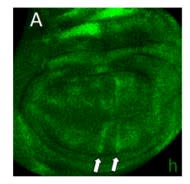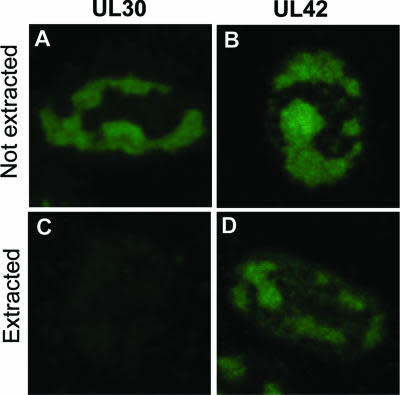
Cat. #151703
Anti-MUC5B [EU-MUC5Bb]
Cat. #: 151703
Unit size: 100 ug
Availability: 3-4 weeks
Target: MUC5B (Non glycosylated domain of mucin MUC5B/salivary mucin MG1)
Class: Monoclonal
Application: ELISA ; IHC ; WB
Reactivity: Human
Host: Mouse
£300.00
This fee is applicable only for non-profit organisations. If you are a for-profit organisation or a researcher working on commercially-sponsored academic research, you will need to contact our licensing team for a commercial use license.
Contributor
Inventor: Dallas Swallow
Institute: University College London (UCL)
Tool Details
*FOR RESEARCH USE ONLY (for other uses, please contact the licensing team)
- Name: Anti-MUC5B [EU-MUC5Bb]
- Alternate name: AKA: EU-MUC5Bb - [4A1-H2]
- Research fields: Cell biology;Cell signaling and signal transduction
- Clone: 4A10-H2
- Class: Monoclonal
- Conjugation: Unconjugated
- Strain: Balb/c
- Reactivity: Human
- Host: Mouse
- Application: ELISA ; IHC ; WB
- Description: This antibody can be used to detect respiratory and salivary mucins in clinical and experimental material.
- Immunogen: KLH conjugated peptide RNREQVGKF in 4 of the cysteine domains of the tandem repeat region was used to immunise Balb/c female mice.
- Isotype: IgG1 + weak IgG2a kappa
- Myeloma used: Sp2/0-Ag14
Target Details
- Target: MUC5B (Non glycosylated domain of mucin MUC5B/salivary mucin MG1)
- Target background: This antibody can be used to detect respiratory and salivary mucins in clinical and experimental material.
Applications
- Application: ELISA ; IHC ; WB
Handling
- Format: Liquid
- Concentration: 1mg/ml
- Unit size: 100 ug
- Storage buffer: Cell were grown in IMDM medium containing hypoxanthine, aminopterin, thymidine, 20% FCS and 10% Domadrive.
- Storage conditions: -15° C to -25° C
- Shipping conditions: Dry ice
Related Tools
- Related tools: Anti-MUC5B [EU-MUC5Ba]
References
- Rousseau K et al., 2003. Oct
- 22(5):293-9. PMID: 14678646



